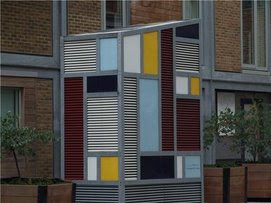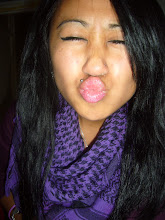 Jamaica road
Jamaica road the loudest and busiest road.
Cars, trucks, cyclists rushing to get to their destinations.
Wilson Grove, narrow quiet road. Full of cars on both sides.
Big green trees. You can hear the wind breezing through the branches.
Stopped at the end of
Pottery Street, a small cramped area full of houses.
Carried on walking towards
Bermondsey wall east.
A lovely view of the river Thames.
A cold breeze going through my long, thick, black hair.
I stayed there for a good or so minutes and took photographs using my phone. I also then sketched out a selected area that i thought looked really good.
Loftie street was closed. The destroyed area that the builders where knocking down. "Cold stores Ltd" was getting knocked down "as it was old," i heard people say.

So we then walked back and walked through
Bevington street going towards
Chambers street.
A nice neat area. Expensive cars, expensive apartments.
I felt out of place. For me, i wouldn't be able to afford those apartments.
Bermondsey wall west, a clean white spaced area.
Jacob street, a very thin road with tall buildings. Felt really cramped.
George row, a wider road with a lot of space.
Then got towards
Jamaica road back to the busy road.
These are the photographes i took. Although i drew a couple of them because i thought i could also use a different technique and explore different ways of capturing.



 PHOTOGRAPHES that was taken when walking around Bermondsey. [Jacobs Island]
PHOTOGRAPHES that was taken when walking around Bermondsey. [Jacobs Island]Wilson Grove -

Pottery Street -

Loftie Street - [Closed for construction]

Chambers Street -

Mill Street -

Between Mill Street & Jacobs Street -















































.jpg)